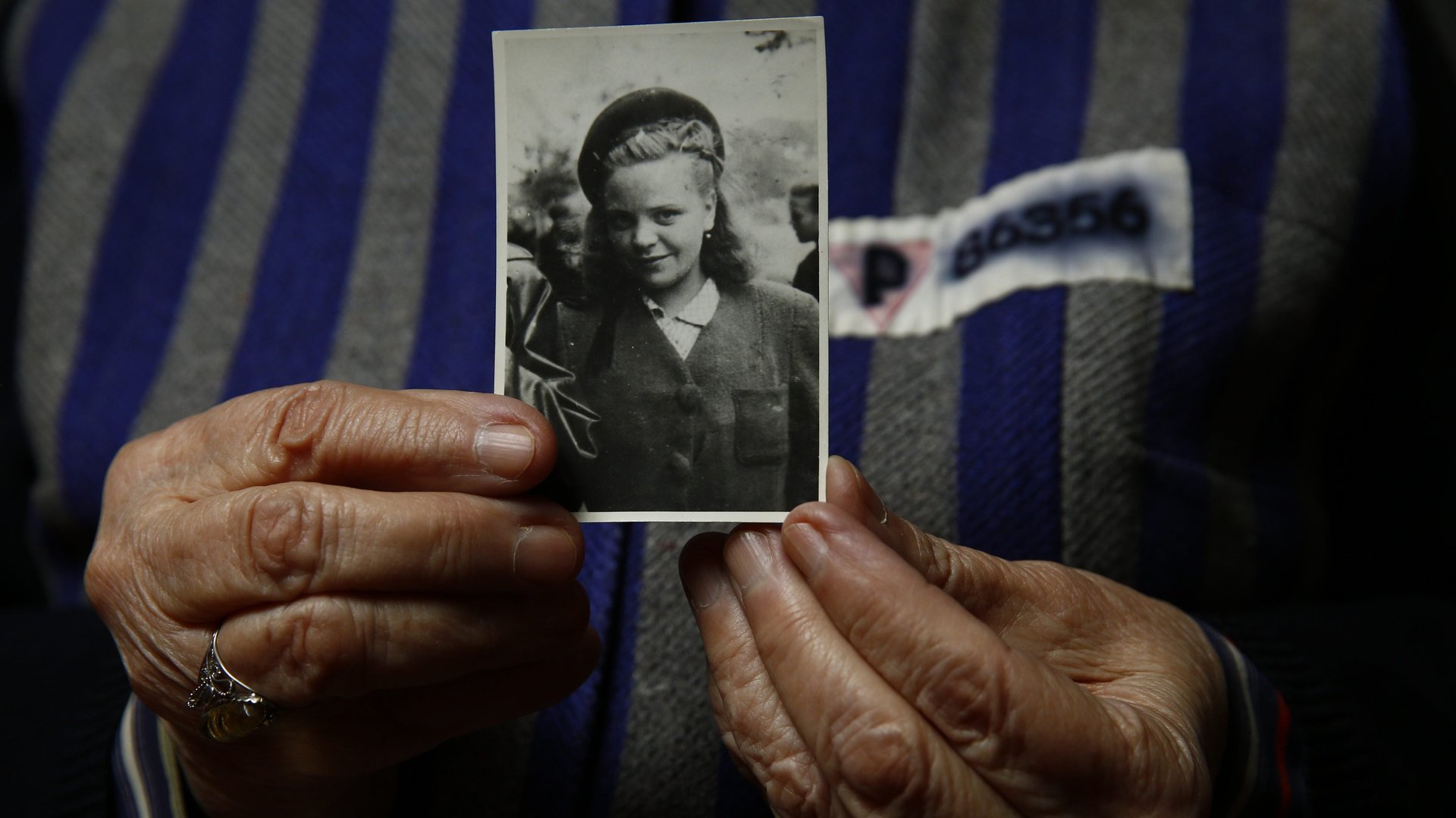A German research institute is investigating its Nazi past
Euthanasia usually denotes a painless, induced death for a terminally ill patient. But in Nazi Germany the term was a euphemism for the systematic genocide of up to 250,000 mentally and physically disabled patients living in institutions in Germany and German-annexed countries.


Euthanasia usually denotes a painless, induced death for a terminally ill patient. But in Nazi Germany the term was a euphemism for the systematic genocide of up to 250,000 mentally and physically disabled patients living in institutions in Germany and German-annexed countries.
The injustice did not end there. In looking back at that time, “historians of [Nazi] euthanasia generally took their research to the point of death of the victims,” Paul Weindling, who teaches the history of medicine at the Oxford Brookes University, told Science magazine. What modern historians have not investigated is the fact that ”a proportion of victims”—he estimates 5%—“had their brains withheld for research.”
Many of these brain specimens ended up at the Max Planck Institute for Brain Research, located in Frankfurt, where researchers used the human tissue of the victims of the Nazi euthanasia program to carry out scientific research. Now, Science reports, the institute is launching a new initiative to grapple with its unethical actions of the past.
The Max Planck Institute for Brain Research, formed in 1948, is the successor of an older research facility located in Berlin: the Kaiser Wilhelm Institute for Brain Research (KWI), which was dissolved at the behest of the Western Allies.
“Some directors at KWI for Brain Research at that time, particularly Julius Hallervorden, supported the murder of children and young adults with assumed or proven psychiatric disorders to provide material for their research,” said Erin Schuman, managing director of the Max Planck Institute, at a commemorative event in Oct. 2015. “Hallervorden used the brains for his research up into the 1960s and some of his immediate successors likely continued using those brain samples well beyond the 1960s.” He added that brain tissue from these patients remained in the institute’s possession through the 1980s, until they were buried in Munich’s Waldfriedhof cemetery in 1990.
However, in the spring of 2015, more brain sections were discovered in Hallervorden’s estate, which prompted the Max Planck Society to launch a total review of all those Max Planck Institutes that still own human specimens. (The Max Planck Society operates a number of research institutes in the life sciences, natural sciences, social sciences, and human sciences across Germany and Europe.) The initial investigations showed that institutes run by the society are still in possession of some brain sections that should have been interred in 1990.
The new initiative aims to establish the identities of the victims whose brain specimens were stored at the institute. As part of the project, starting this month, four independent researchers will scour the institute’s archives and tissue sample collections, for material related to the “euthanasia” program.
Over the next three years, they will try to uncover any remaining specimens, and use clinical records at hospitals and asylums, university archives, and the institute’s files, to identify the victims. They also plan to investigate the links between KWI scientists and the Nazi “euthanasia” program. Later, the institute plans to bury the human specimens found in the review, along with identification that specifies the names of the victims whose brain specimens are interred.
The Max Planck Institute has not always been as forthcoming. Until the 1980s, the institute chose to focus on the scientific achievements and Nobel Prizes won by the KWI, and only in the 1990s, partially as a result of political pressure, did the institute began to investigate its own past with a critical eye.